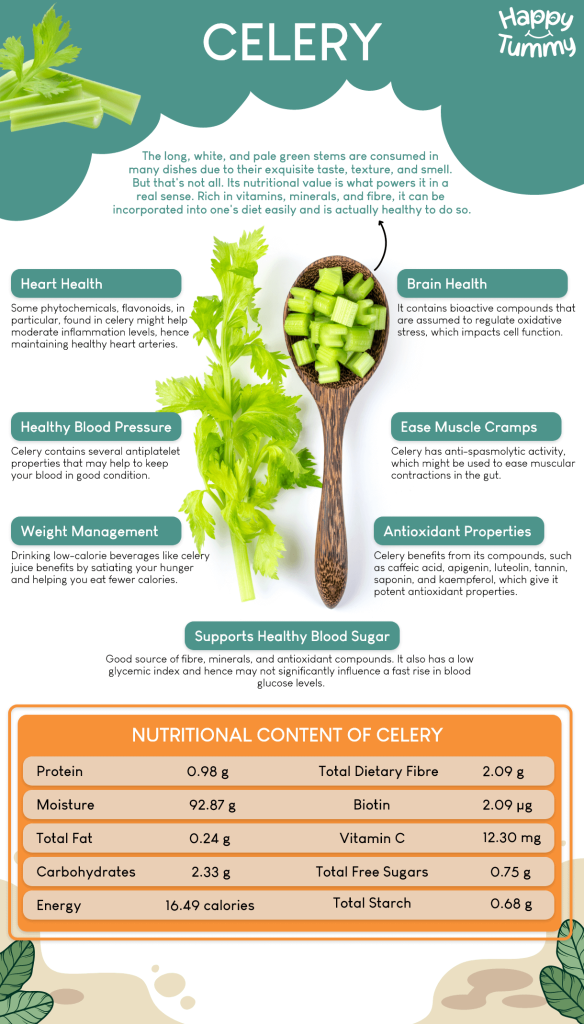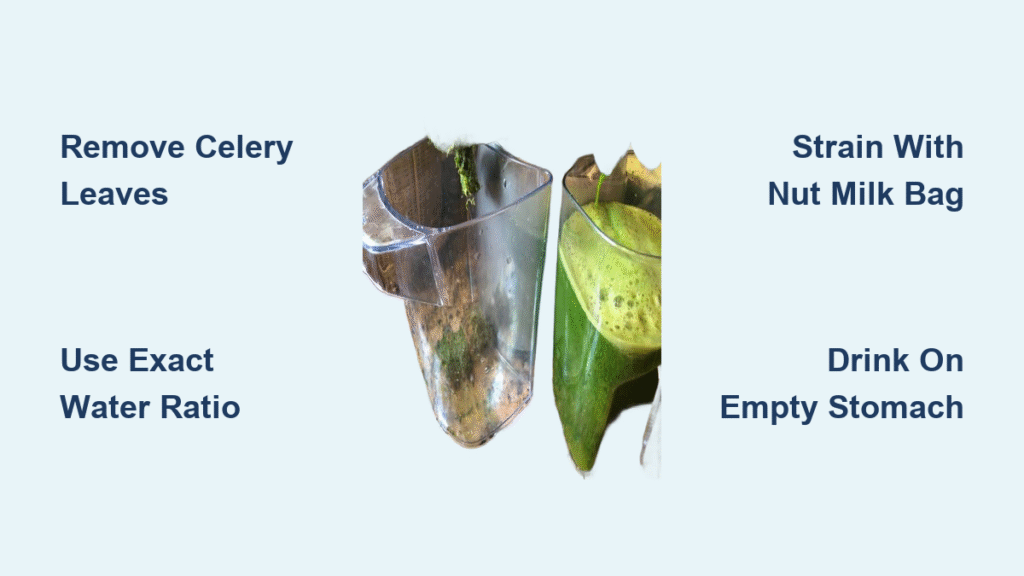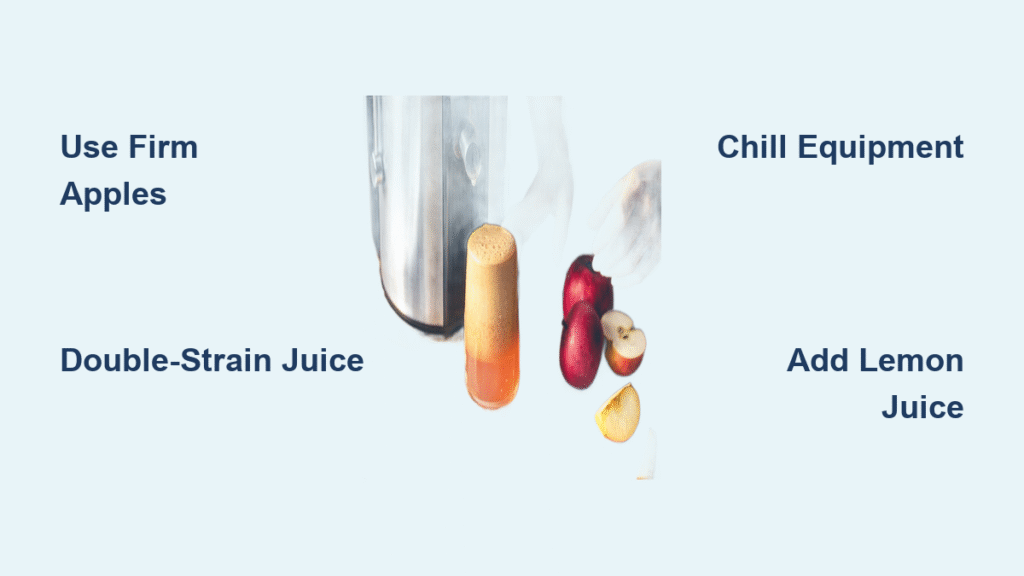That expensive juicer gathering dust in your cabinet? Your everyday blender can produce smooth, vibrant celery juice in under 10 minutes—no specialty equipment required. Thousands of health seekers mistakenly believe a $300 juicer is mandatory for the viral celery juice trend. But with the right celery juice recipe blender technique, you’ll extract maximum nutrients from fibrous stalks while avoiding the gritty, bitter results that turn beginners away. Discover the exact water ratios, straining secrets, and timing hacks professionals use to transform ordinary blenders into juice powerhouses.
Forget complicated setups or wasted produce. This method delivers 16-24 ounces of pure, nutrient-packed juice from one standard bunch of celery using tools you already own. You’ll learn why leaf removal is non-negotiable for smooth texture, how to prevent blender jams, and the critical 15-minute window for peak nutrient potency. Whether you’re a morning routine optimizer or a digestive health seeker, this celery juice recipe blender approach makes daily consumption effortless.
Why Your Blender Beats Expensive Juicers for Celery Juice

Fiber Retention for Digestive Health
Unlike centrifugal juicers that discard all pulp, the blender method preserves beneficial insoluble fiber when unstrained. This fiber feeds gut bacteria while slowing sugar absorption—critical since celery contains natural sugars. For classic juice texture, strain through a nut milk bag, but keep the pulp for smoothie boosters or compost. Medical Medium protocols recommend straining, but the blender’s versatility accommodates both approaches.
Cost and Cleanup Efficiency
Juicers require $200-$500 investments and 15+ minutes of disassembly for cleaning. Your blender needs one vessel and a 30-second rinse. High-speed models like Vitamix extract juice in 45 seconds with minimal water, while even basic blenders succeed with proper technique. Pro tip: Blend celery immediately after washing—moisture prevents oxidation that causes bitterness.
Water Ratio Precision for Maximum Yield
Add exactly ½ cup water for high-speed blenders (1000+ watts) or ¾ cup for standard models. This critical ratio creates enough liquid for vortex action without diluting flavor. Too little water strains motors; too much floods your yield. Test with 3 stalks first: if the blender stalls, add ¼ cup water incrementally. Never exceed 1 cup total water per pound of celery—excess water forces longer straining and weakens flavor concentration.
Step-by-Step Blender Execution Guide
Pre-Processing: The Leaf Removal Imperative
Wash stalks under cold water, separating each rib to remove trapped dirt. Immediately trim and discard all leafy tops—they contain concentrated psoralens causing intense bitterness. For smoother juice, peel fibrous outer strings with a vegetable peeler (look for thick ridges along stalk edges). Chop stalks into 1-inch dice—smaller pieces prevent jams and extract 20% more liquid than larger chunks.
Strategic Loading Order
Layer ingredients to prevent blade jamming:
1. Celery dice first (covers ⅔ of blender base)
2. Water second (creates initial vortex)
3. Flavor enhancers last (½ lime, ¼ green apple, or ½ tsp ginger)
Never add ice—it damages celery’s delicate enzymes. For personal blenders, halve all quantities to avoid overflow.
Blending Protocol by Blender Type
| Blender Type | Speed Progression | Duration | Tamper Technique |
|---|---|---|---|
| High-speed (Vitamix) | Low → High | 45-60 sec | Press stalks downward in circular motion |
| Standard (Oster) | Pulse → Medium | 90-120 sec | Pause every 20 sec to stir with spoon |
| Personal (Nutribullet) | Medium only | 60-90 sec | Fill only ½ full; add extra 2 Tbsp water |
Listen for the motor pitch to drop—that signals complete cell wall breakdown. Stop immediately if the mixture overheats (steam appears); let cool 2 minutes before resuming.
Straining Secrets for Restaurant-Quality Smoothness

Nut Milk Bag Mastery
Pour blended slurry into a nut milk bag suspended over a pitcher. Twist the top tightly and squeeze in three phases:
1. Top-down compression (apply firm pressure from top to bottom)
2. Sectional kneading (roll bag like toothpaste tube)
3. Final twist (extract last drops by twisting ends toward center)
Critical: Chill the bag 5 minutes first—cold fibers contract for drier pulp and 15% more yield.
Emergency Straining Alternatives
- Double cheesecloth layers in a sieve (replace after 2 batches)
- Fine-mesh sieve only (requires 2-3 passes with spoon pressing)
- Cotton t-shirt (stretch over bowl; discard after use)
Never use paper towels—they absorb nutrients and leave lint.
Troubleshooting Bitterness and Grittiness

Eliminating Bitter Aftertaste
Cause: Mature celery stalks (dark green, thick ribs) or accidental leaf inclusion.
Fix: Select pale green, slender stalks. When trimming, leave 1 inch of base intact—the white part is sweeter. If bitterness persists, add 1 Tbsp lemon juice post-straining—citric acid neutralizes bitter compounds without altering benefits.
Fixing Gritty Texture in 60 Seconds
Cause: Incomplete fiber breakdown or inadequate straining.
Solution:
1. Re-blend strained juice 15 seconds on high
2. Strain through a coffee filter-lined sieve
3. Chill 10 minutes—cold causes residual fibers to settle for easy decanting
Pro tip: For morning routines, strain juice the night before and refrigerate—fiber separation makes pouring off clear juice effortless.
Medical Medium Protocol Adaptation
Empty Stomach Timing Requirements
Drink 16 ounces 30-45 minutes before breakfast for optimal nutrient absorption. Start with 4 ounces if new to celery juice to avoid bloating. Never mix with other foods—fat or protein blocks sodium cluster salt uptake. Wait 15 minutes after drinking before consuming lemon water.
Storage That Preserves Nutrients
Transfer juice to airtight glass jars immediately—plastic leaches chemicals into acidic liquids. Fill jars to the brim to minimize oxygen exposure. Consume within 24 hours (not 48 as commonly claimed)—studies show 47% vitamin C loss at 36 hours. Before drinking, shake vigorously to redistribute settled minerals.
Pulp Reuse Strategies That Reduce Waste
Don’t discard nutrient-rich pulp! Freeze in ice cube trays for:
– Smoothie fiber boost: 1 cube = 3g extra fiber
– Soup thickener: Simmer 2 cubes in vegetable broth
– Garden fertilizer: Mix with soil for potassium infusion
Warning: Never refrigerate pulp—it becomes slimy within hours. Freeze within 20 minutes of straining.
Equipment Optimization Checklist
Blender Power Verification
- 600W minimum (test with 3 celery stalks + ½ cup water)
- Tamper essential for models under 900W
- 1.5L capacity required for full-bunch batches
Must-Have Accessories
- Reusable nut milk bag ($8 on Amazon)
- Glass mason jars (16-32 oz with airtight lids)
- Vegetable peeler for fibrous string removal
Avoid: Juicer attachments for blenders—they mimic expensive juicers but yield 30% less liquid due to inefficient extraction.
Making celery juice recipe blender-style transforms a perceived barrier into your greatest advantage. With precise water ratios, strategic leaf removal, and nut milk bag straining, you’ll create smoother, brighter juice than most $300 juicers produce. Start tomorrow morning: wash one bunch, blend with ½ cup water, strain, and drink 30 minutes before breakfast. Within two weeks, you’ll notice sustained energy without crashes and improved digestion—proof that your humble blender was the juice hero you needed all along. Remember the golden rule: freshness beats perfection. Even slightly pulpy juice delivers transformative benefits when consumed daily.





